10 sloping garden ideas – simple landscaping tips for a tricky space
These sloping garden ideas can add real interest and intrigue to your outdoor space if it's on a slope
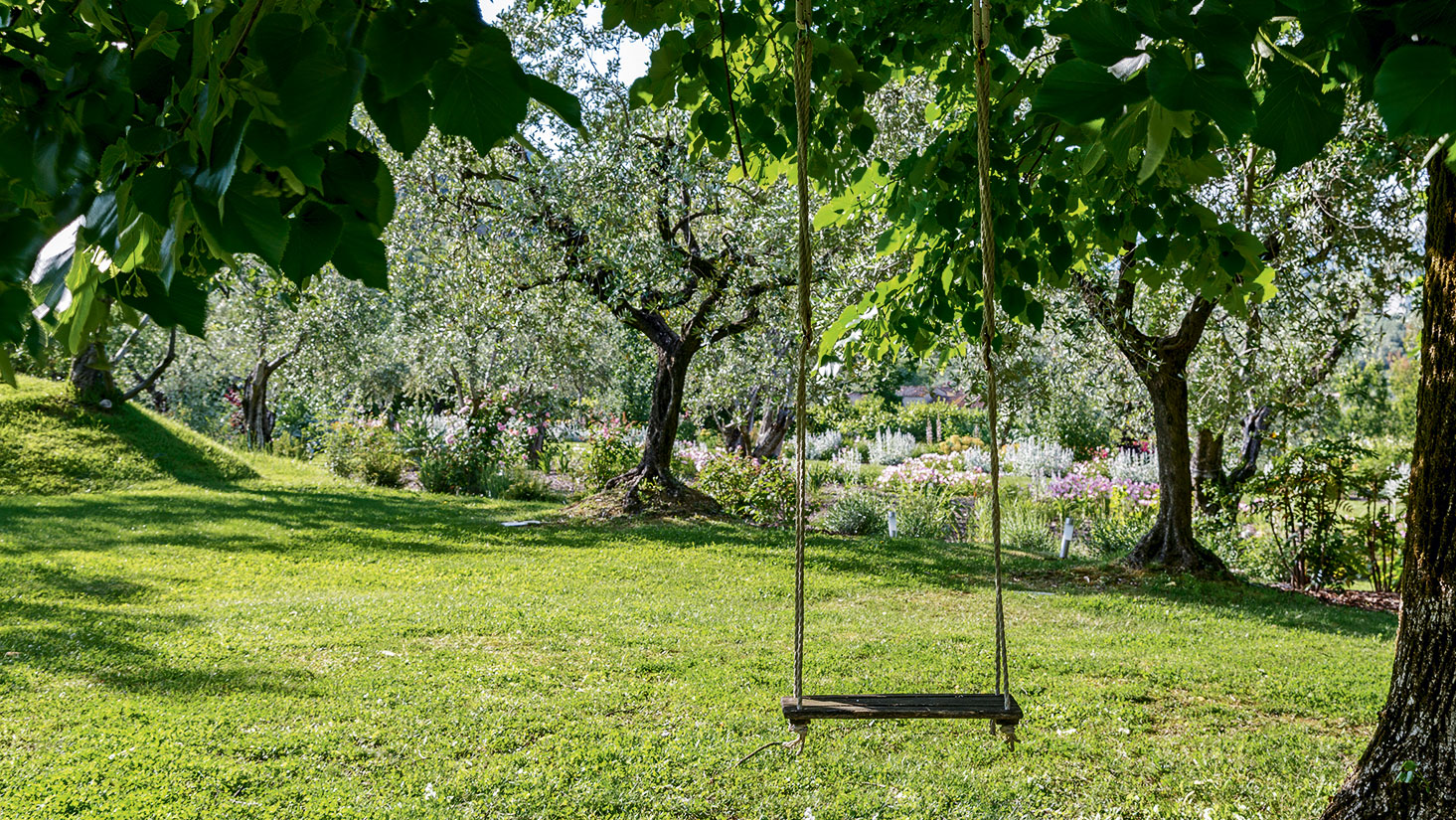

Looking for sloping garden ideas?
No garden is completely flat, unless a digger has been in and levelled the site. Many gardens are on a slope, which, when initially viewed, can be a little daunting.
Many questions are raised, such as what happens if it rains heavily? Will there be erosion of soil? Will the soil dry out? What plants can I grow? What is the easiest solution for getting from the bottom to the top? And, of course, many more.
But a slope can add real interest to a garden and create a character all of its own.
Here are some great garden ideas to inspire your next project on a slope.
Sloping garden ideas
1. Add stone walls for interest
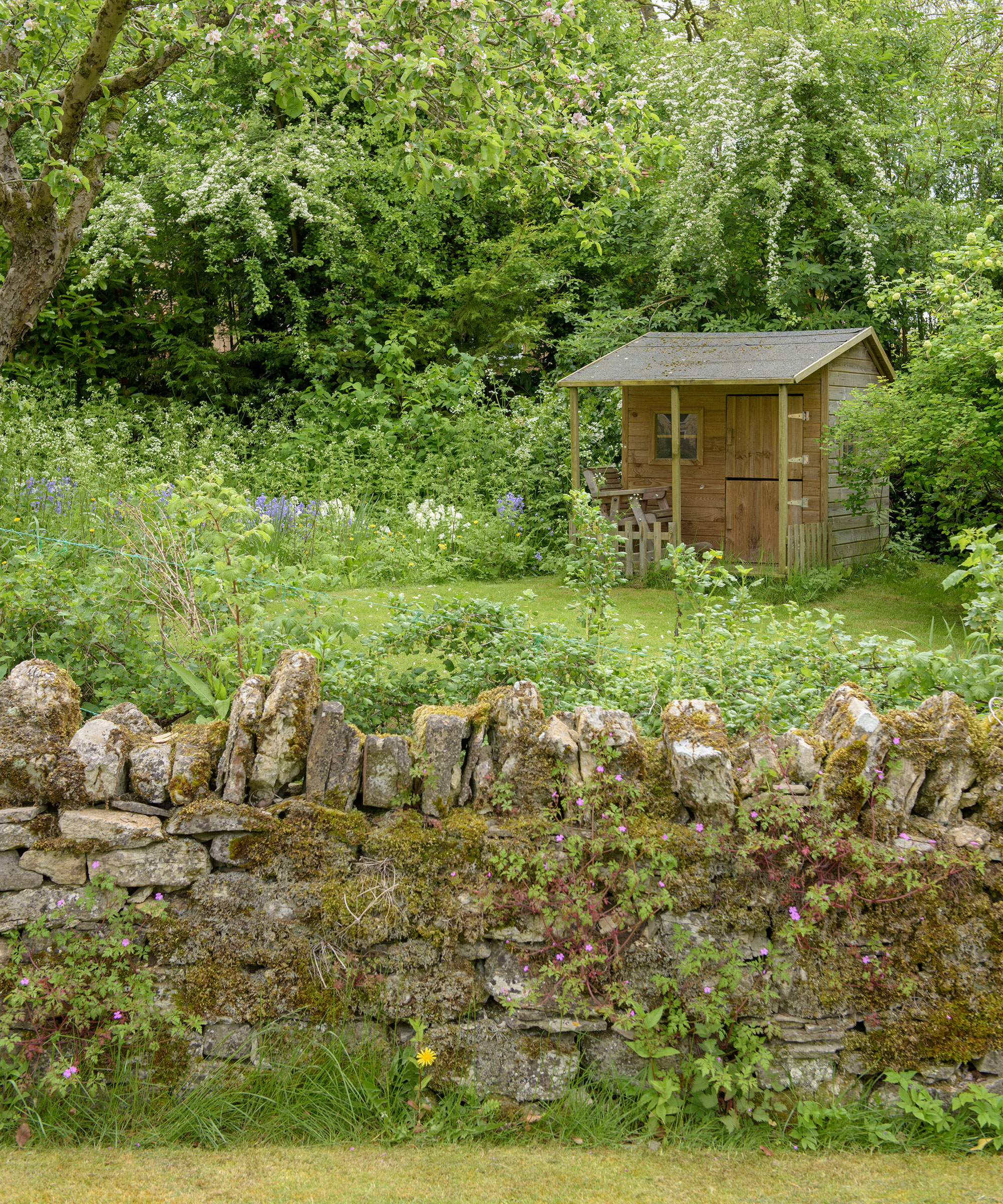
Garden wall ideas can provide interest by creating terraces with steps built in. The walls will create small pockets to grow alpines and drought-resistant plants, and will provide a backdrop to the plants.
2. Create a defined route
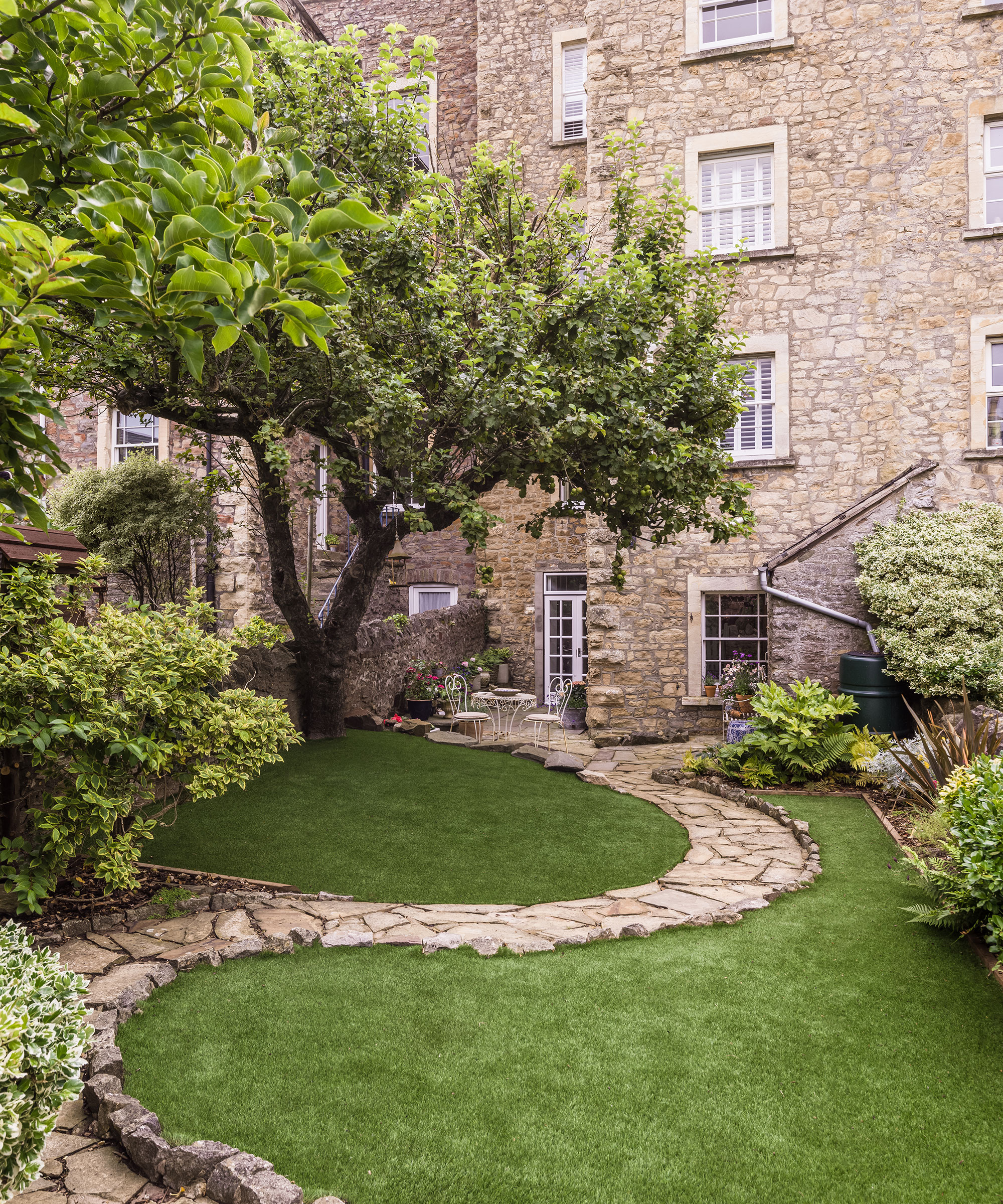
Position steps at alternate ends of each terrace to create a defined route or pathway through the garden. Clever garden path ideas will add interest and tease you on to the next level.
Design expertise in your inbox – from inspiring decorating ideas and beautiful celebrity homes to practical gardening advice and shopping round-ups.
3. Create a unique garden path with edged borders
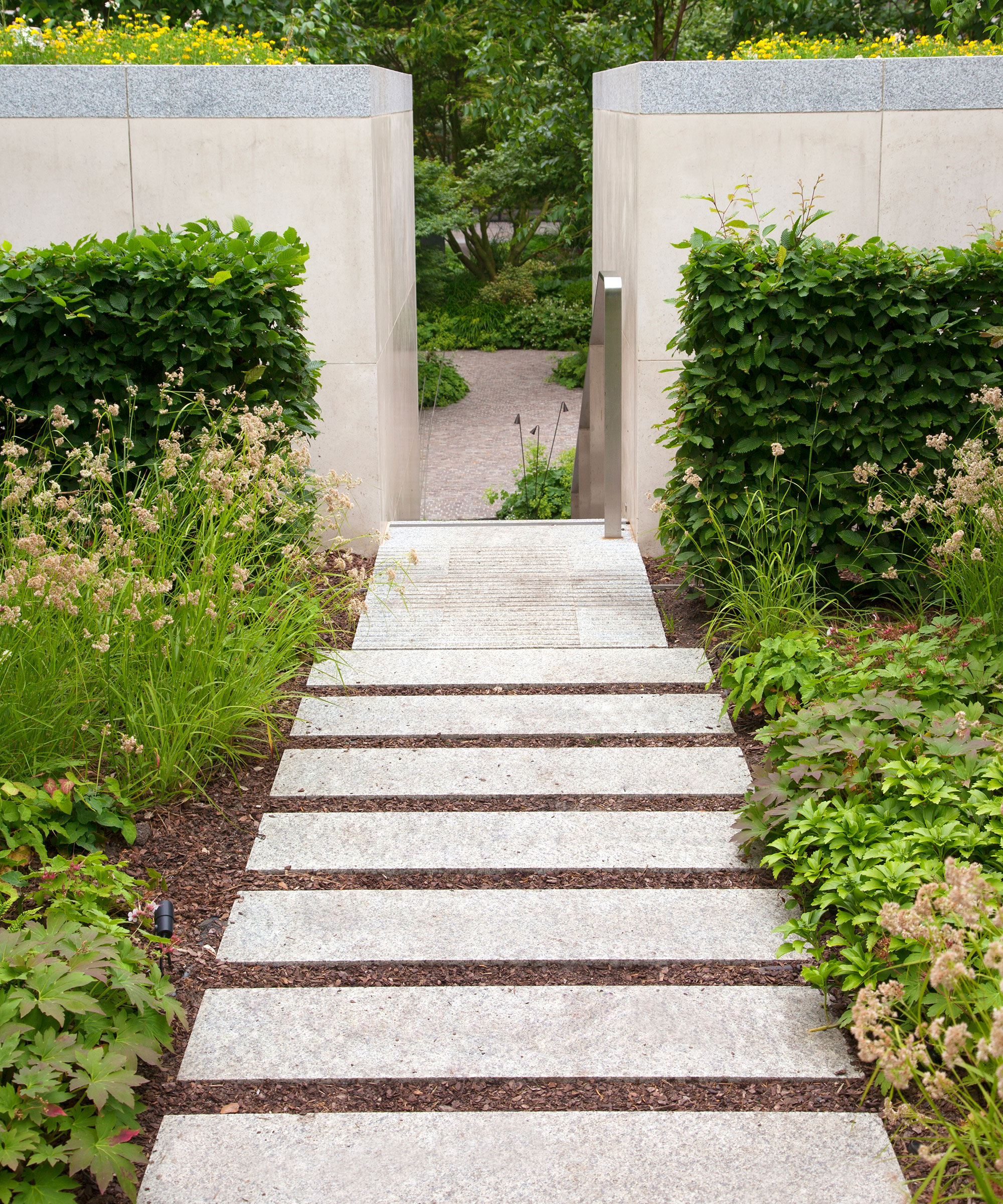
Define the edges of borders with a metal or plastic border edger, or a line of gravel setts. This will outline the spaces, and, depending on the material chosen for the pathways, will contrast beautifully for a unique garden decor idea, too.
4. Don't be afraid to experiment
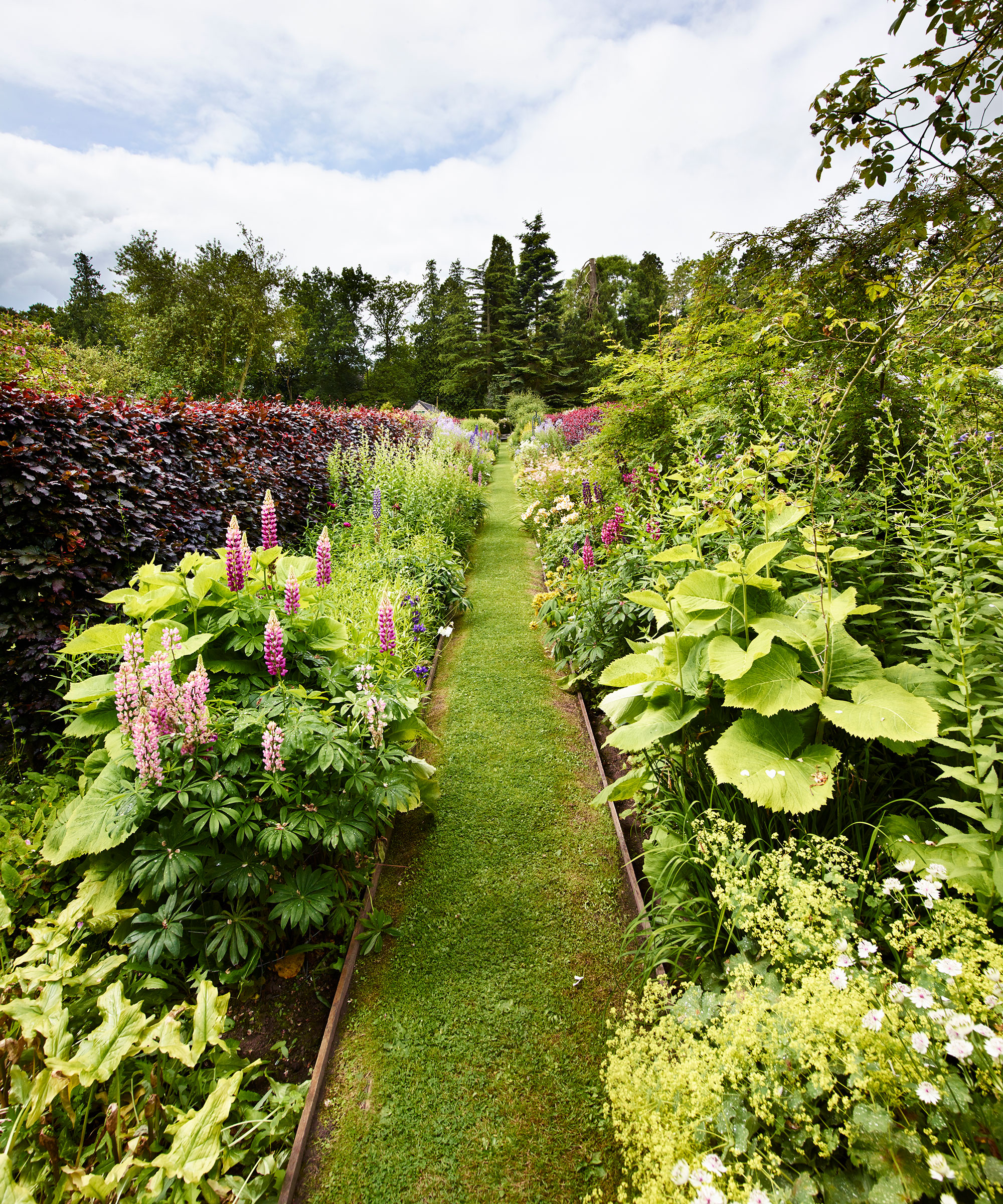
Mix up the planting, with vertical spires and mounds for a more dynamic effect, and don’t be afraid to place a taller, fuller plant towards the front of a border.
5. Plant ornamental grasses
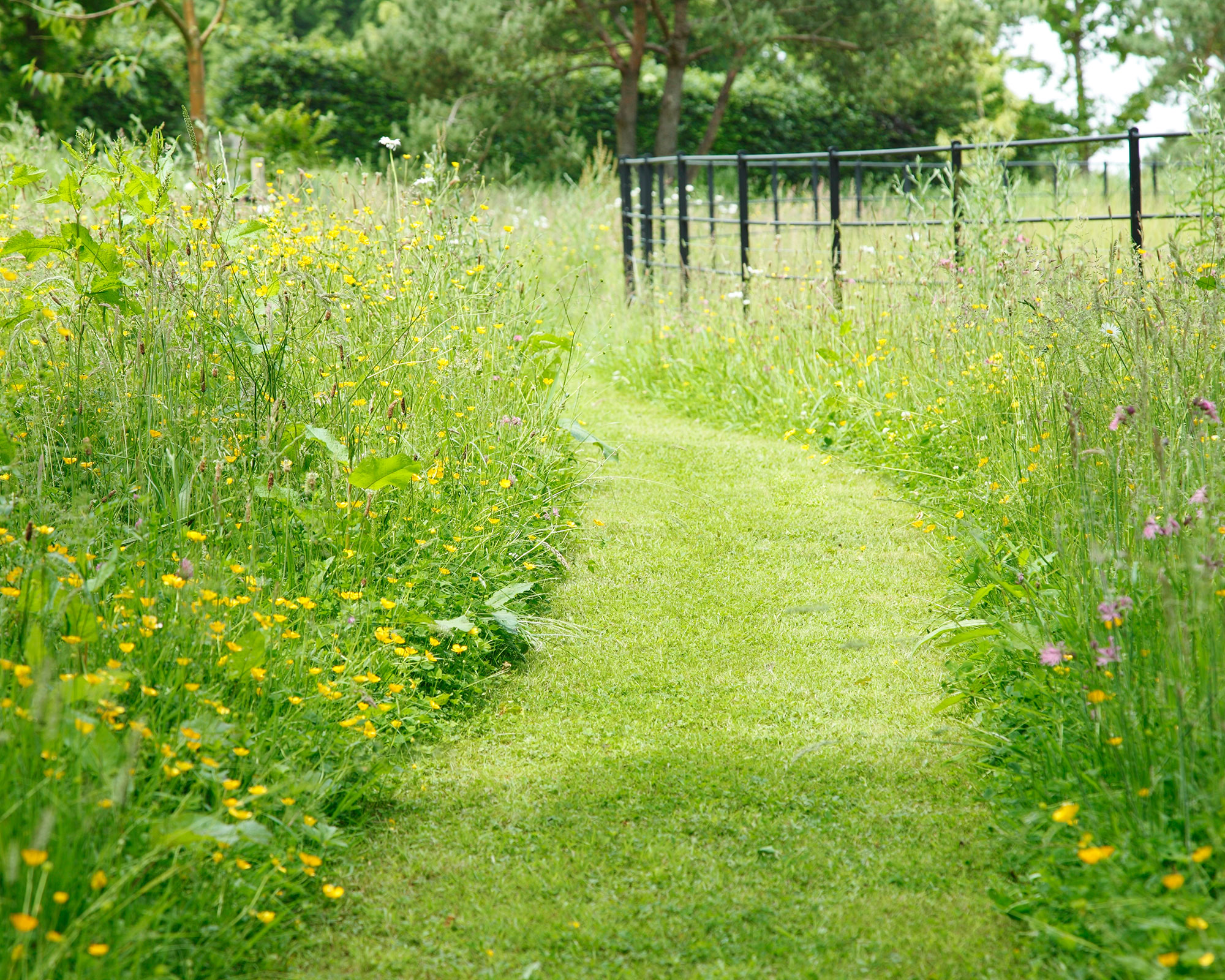
Ornamental grasses are perfect for slopes. If you're wondering how to grow ornamental grasses, most prefer well-drained soils, and the added angle of the slope will provide a cascade effect when the wind blows them.
6. Plant according to your space
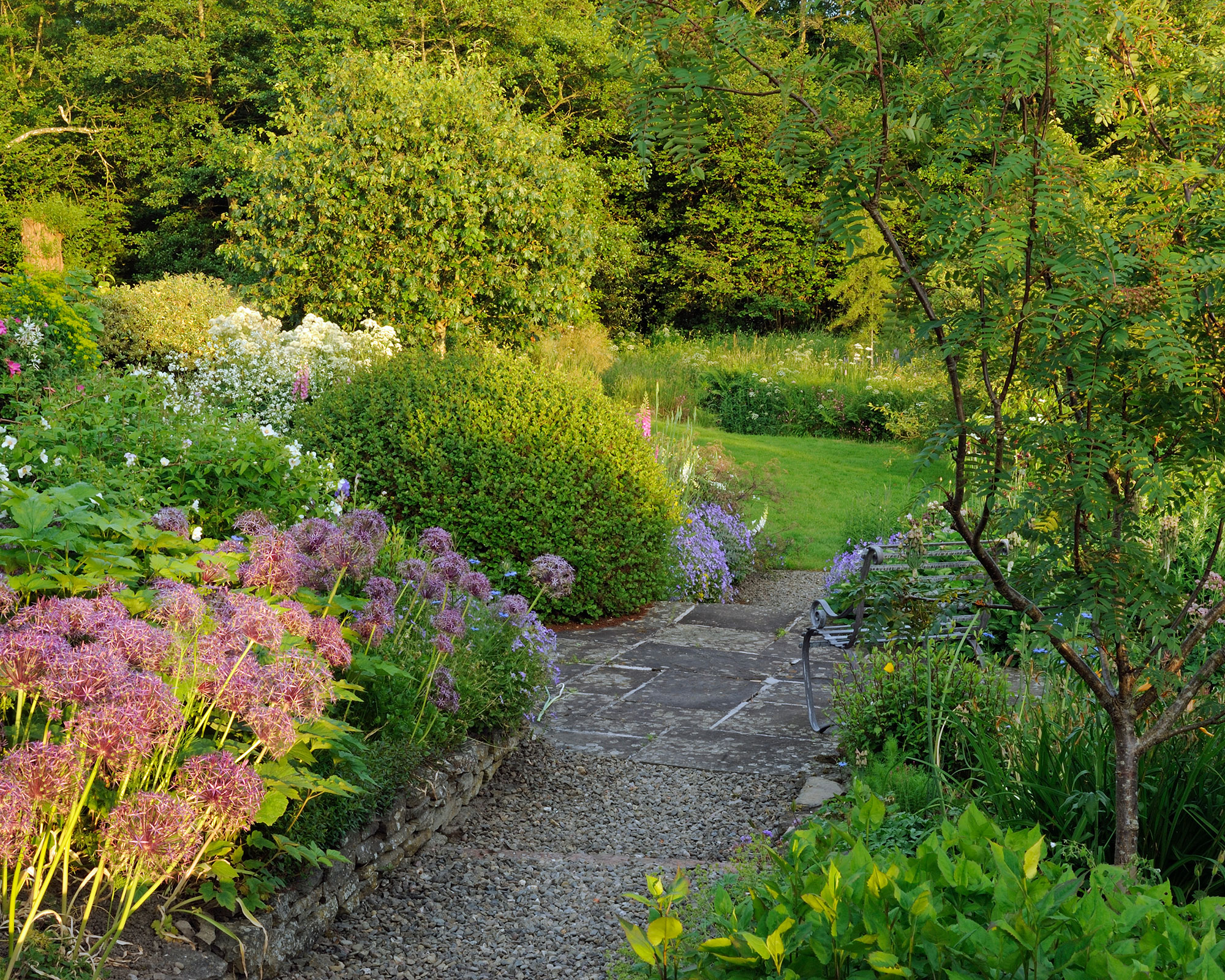
When you think about how to plan a garden, it's important to consider the soil.
Towards the top of the slope the soil will inevitably be drier than at the bottom, and a simple soil test will help identify the soil texture, which will influence the range of plants. The soil could even be acidic towards the top and more alkaline towards the bottom, or vice versa.
7. Consider the cost of terracing
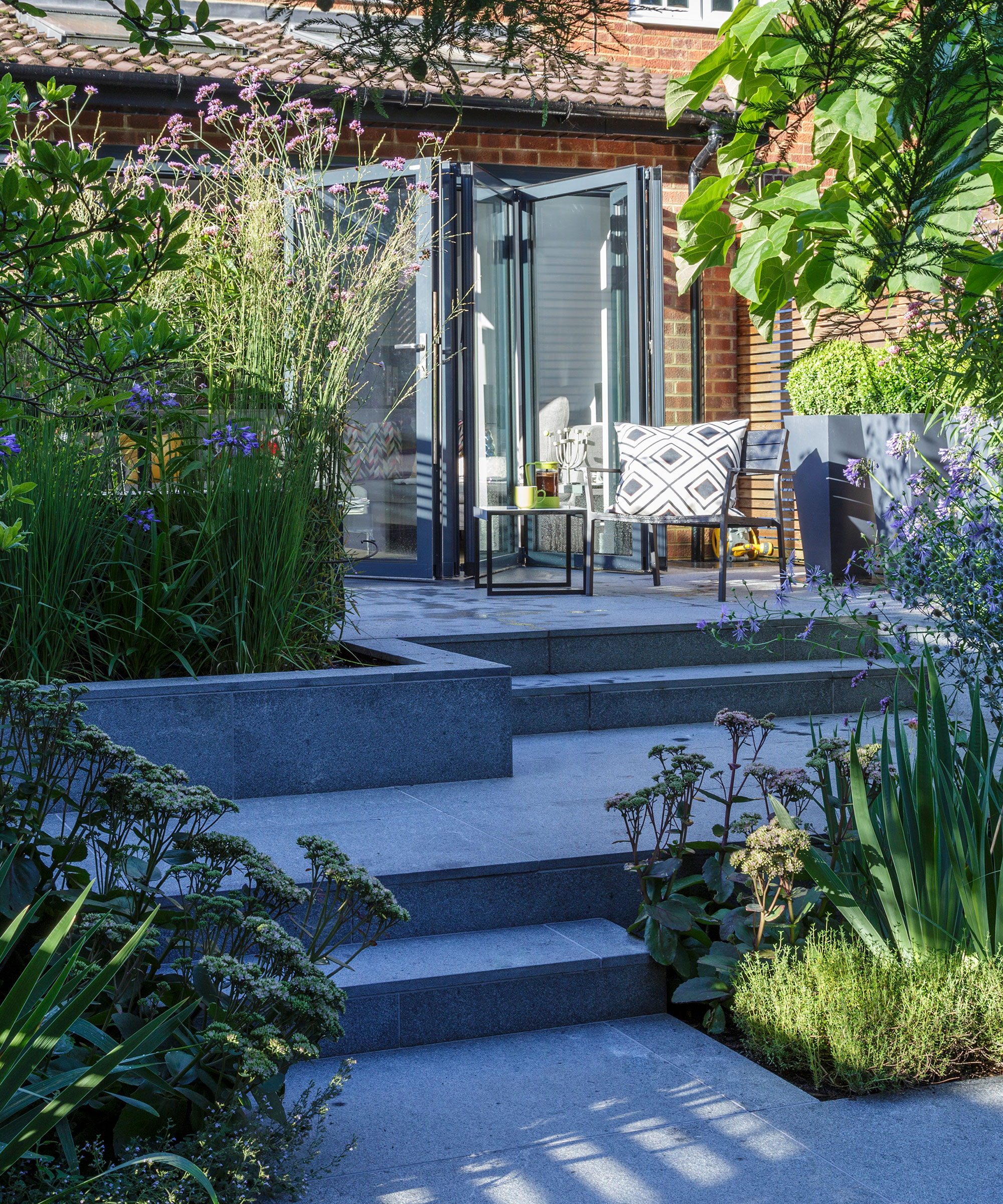
Work within your budget and be realistic. Creating terraces is a lot of work and can be expensive to achieve. But cheaper options, such as retaining walls from sleepers rather than stone, will help keep down the costs.
8. Avoid a perfect lawn
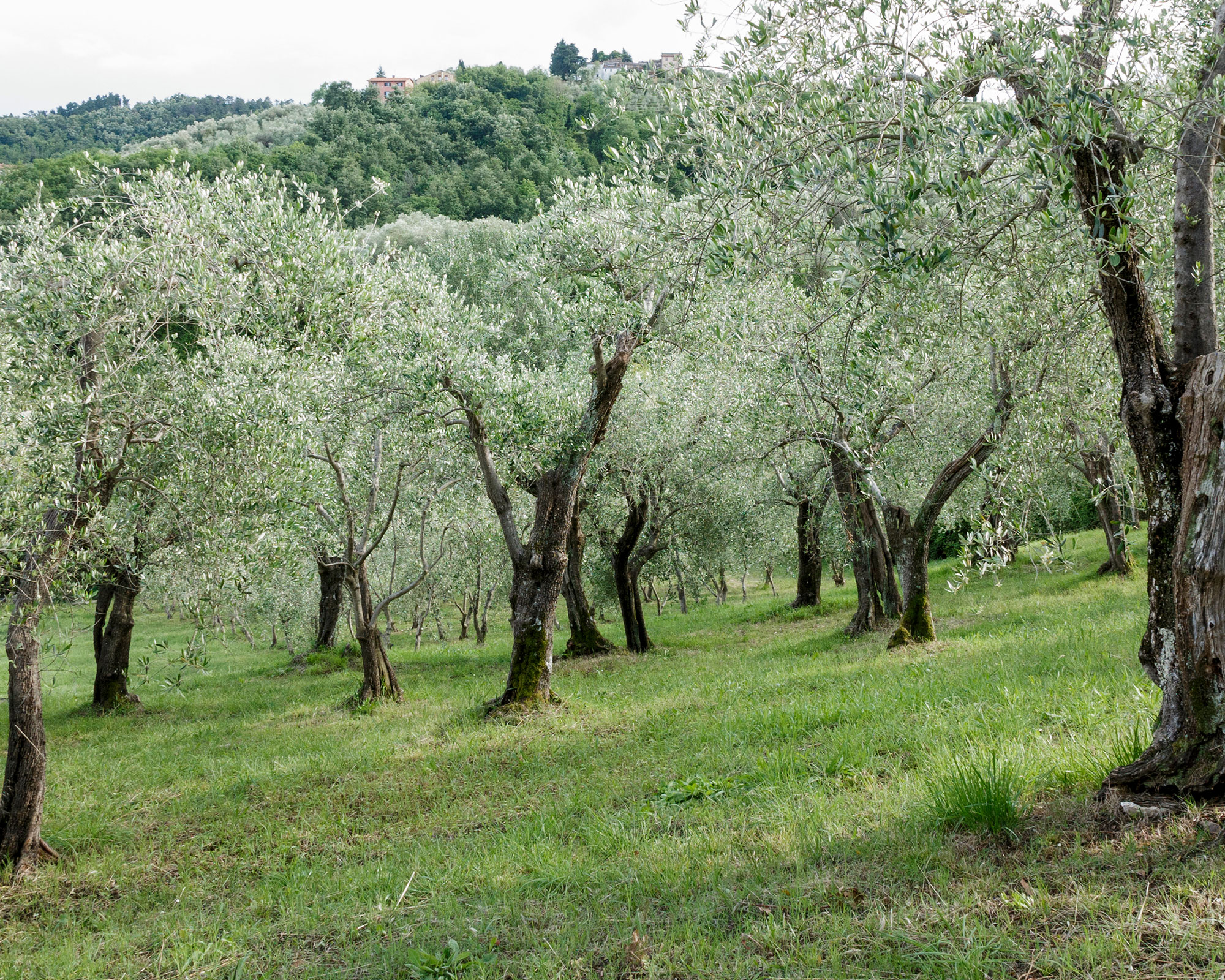
It just isn’t achievable to keep the perfect lawn on a slope. It is difficult and can be dangerous, especially when dealing with machinery, such as strimmers and lawn mowers.
9. Go for the simplest solution
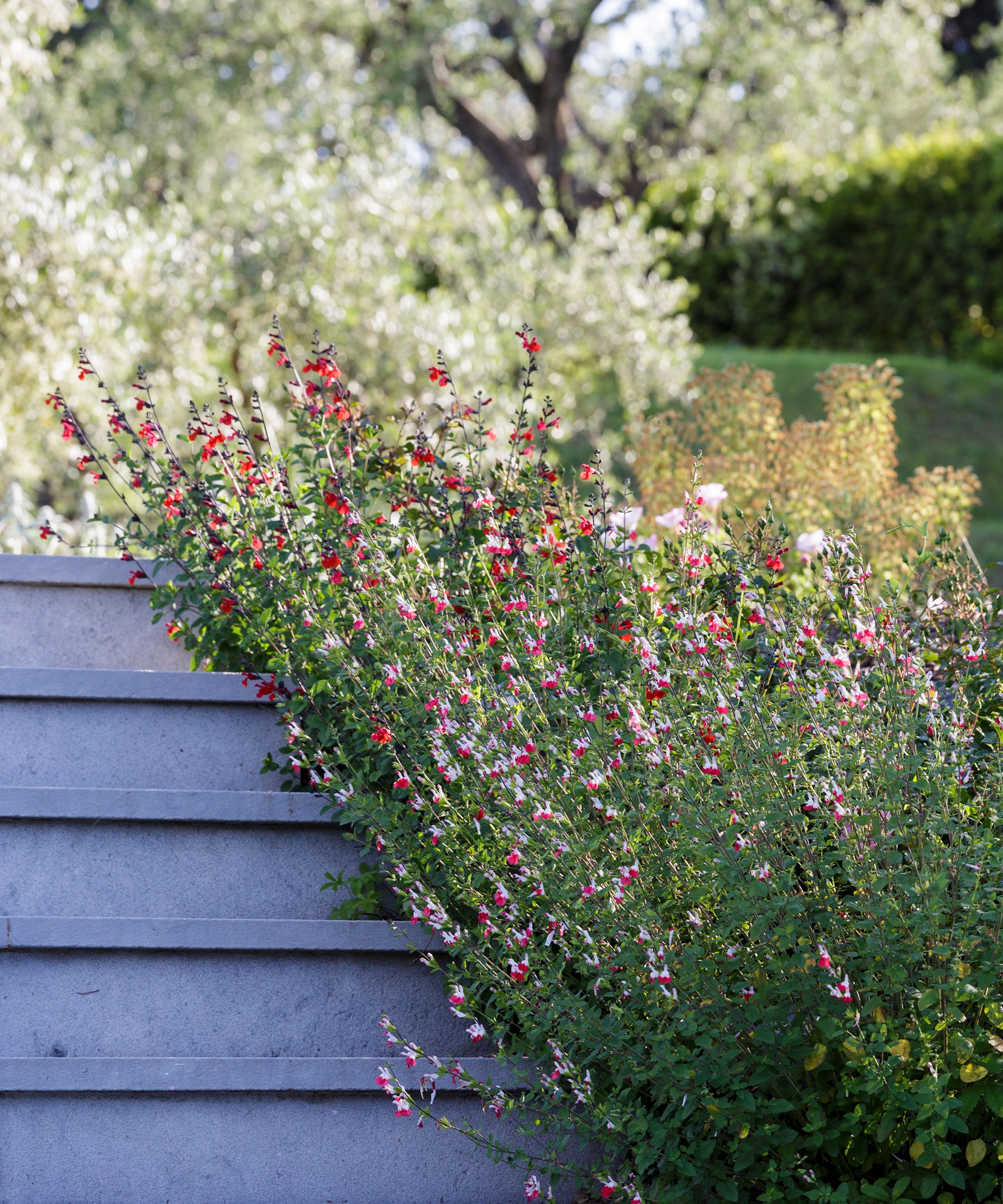
Sometimes the simplest solution is the best. Marking out borders on a slope can be tricky, but it can be done.
Plant these up with a good mix of self-naturalising bulbs, such as Narcissus, Scilla and Galanthus; groundcover plants with fibrous root systems, such as Geranium, Calluna; herbaceous perennials like Pachysandra, Lamium, creeping Phlox and shrubs such as Cotoneaster, Forsythia and Ceanothus.
10. Be cautious of laying lawn on a slope
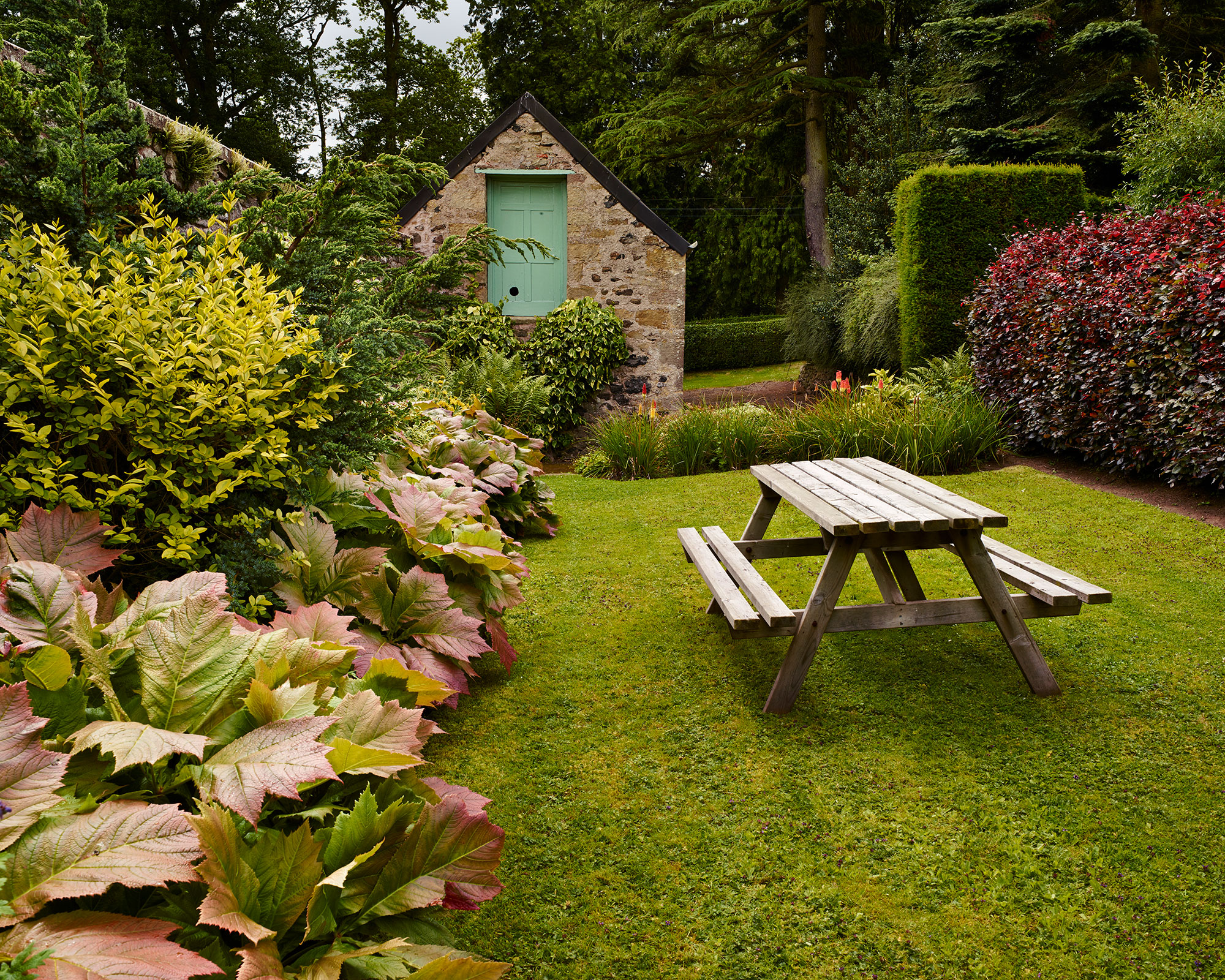
'To mow a lawn on a slope is very difficult indeed, so why not opt for leaving the grass to grow longer, which is brilliant for wildlife or perhaps sow a wildflower meadow mix onto bare soil,' advises TV Gardening Presenter, Landscape Designer and Writer, Mark Lane.
'In no time at all the flowers will be up and the slope will look incredible. For the steeper slope consider laying wildflower turf, which already has the wildflowers growing within it'.
What do you do with a garden on a slope?
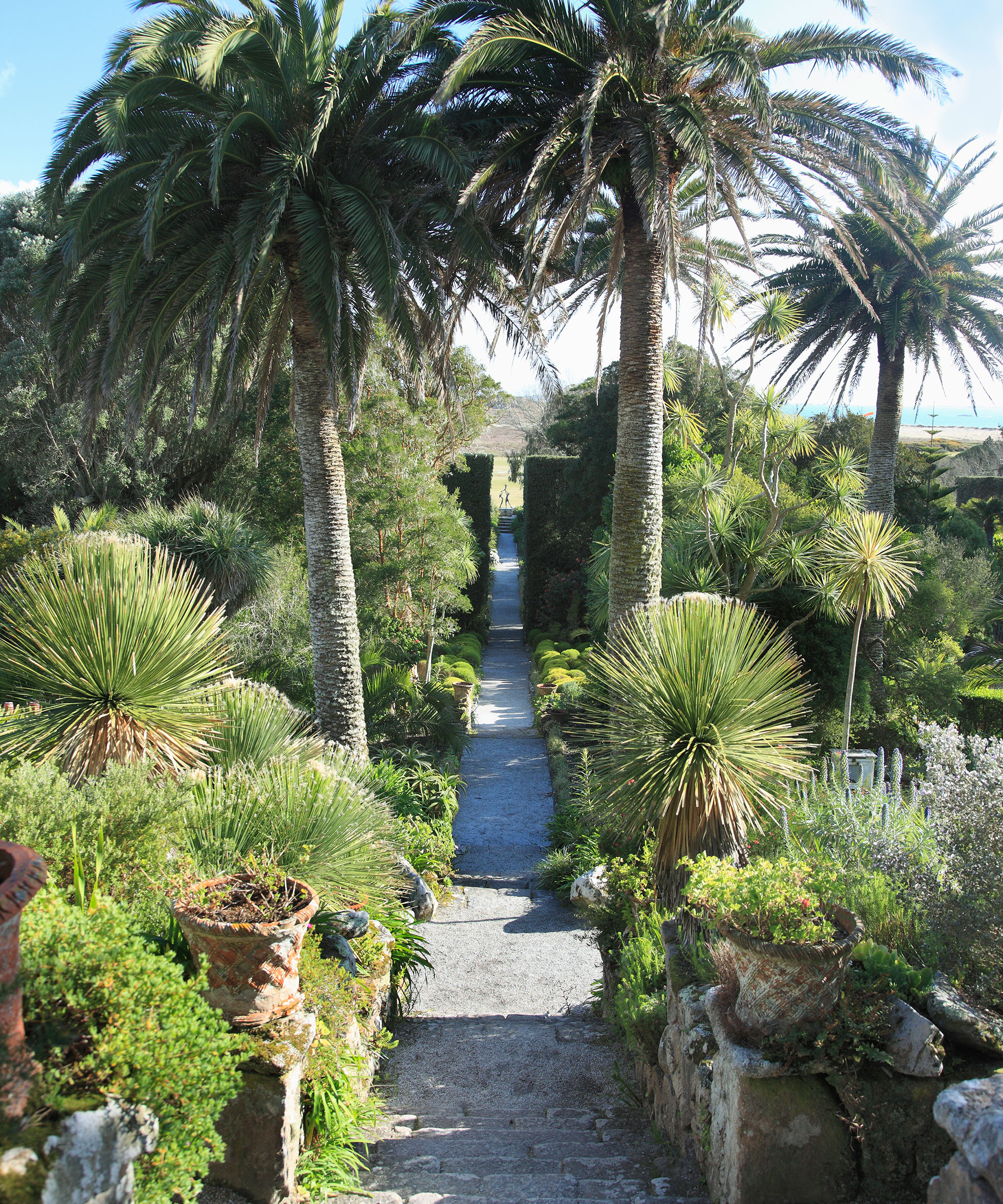
There are numerous way you can plan, plant and design a garden on a slope. Use clever design to transform an awkward space into an ideal outdoor area, even if it is not level.
Sloping gardens present lots of different opportunities for planting schemes, from whimsical and wild, to formal and regimented.
Whichever style you choose, do bear in mind that a sloping garden always benefits from experimenting with plants of different heights. If you're looking for garden shade ideas, a few mature trees or even palm trees offer coverage and look great in combination with ornamental grasses, shrubs, and border plants.
How do you make a garden on a slope?
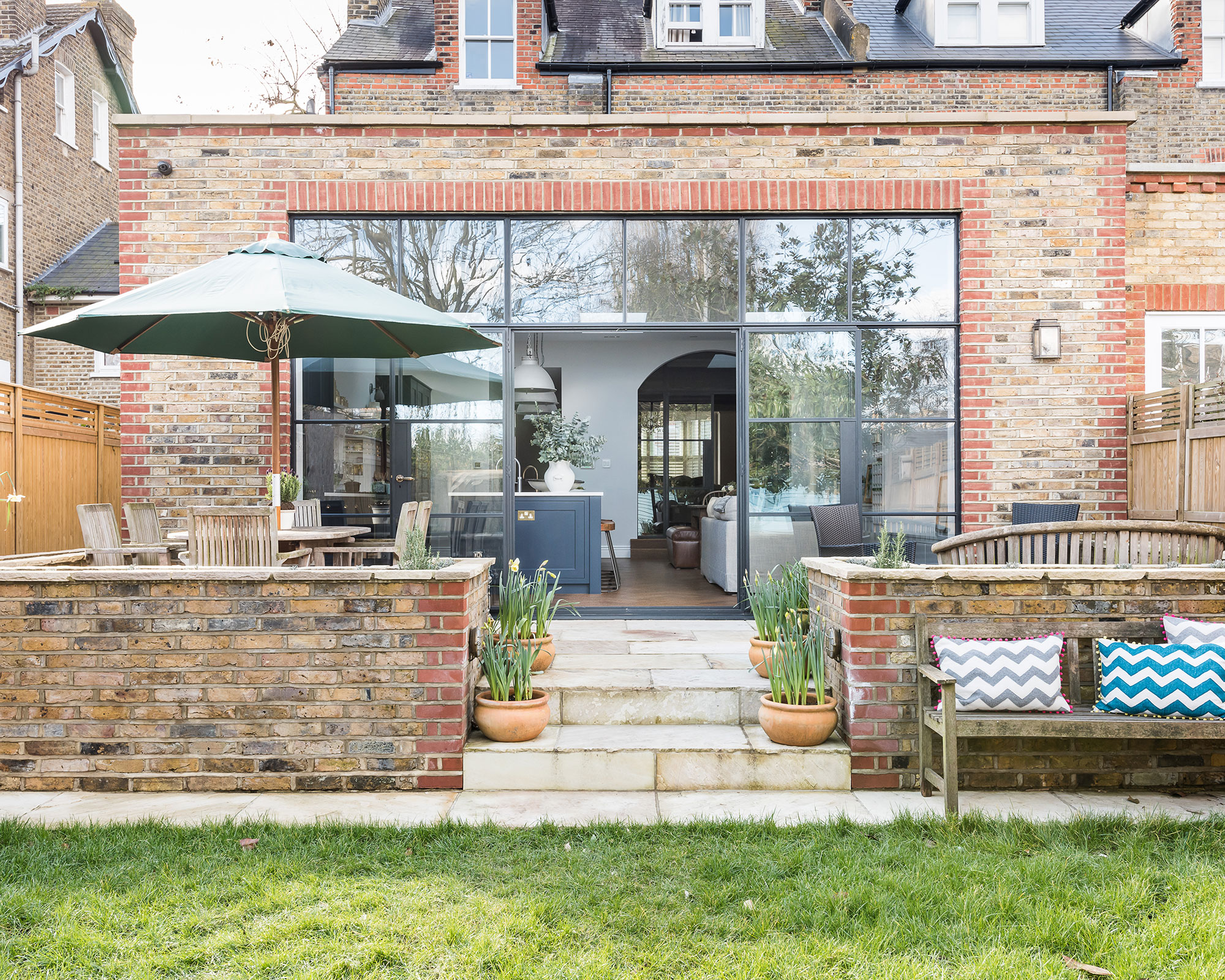
First and foremost, you must think about materials. This is purely down to personal choice, but consider hard standing materials such as a riven paving or a slab with a rough finish or gravel for level pathways.
With a slope, there will be more rainwater run-off, so provide adequate slip-resistance underfoot. Of course, flower bed ideas such as borders filled with glorious plants will soak up the majority of the water, but it’s always better to be safe than sorry.
What can you plant on a steep slope?
You may think you are limited to what you can plant on a steep slope, but in fact, you have an abundance of options, according to Mark Lane.
'If a slope is not seen as a problem, then many plants can be grown on an angle, while at the same time stabilising the soil. Of course, plants will always grow upwards and outwards, so even a plant with a vertical spire, such as foxglove or Digitalis, will grow straight and not at an angle (in most cases).
'Groundcover plants such as the greater periwinkle or Vinca major, or climbing plants like ivy Hedera colchica ‘Dentata Varegata’ are perfect for stabilising the soil.
For very steep slopes, coconut matting can be pegged down on top of the soil and then planted up through the matting. Over time, the matting will decay, but the plants will still be there.'
Should a garden slope be terraced?
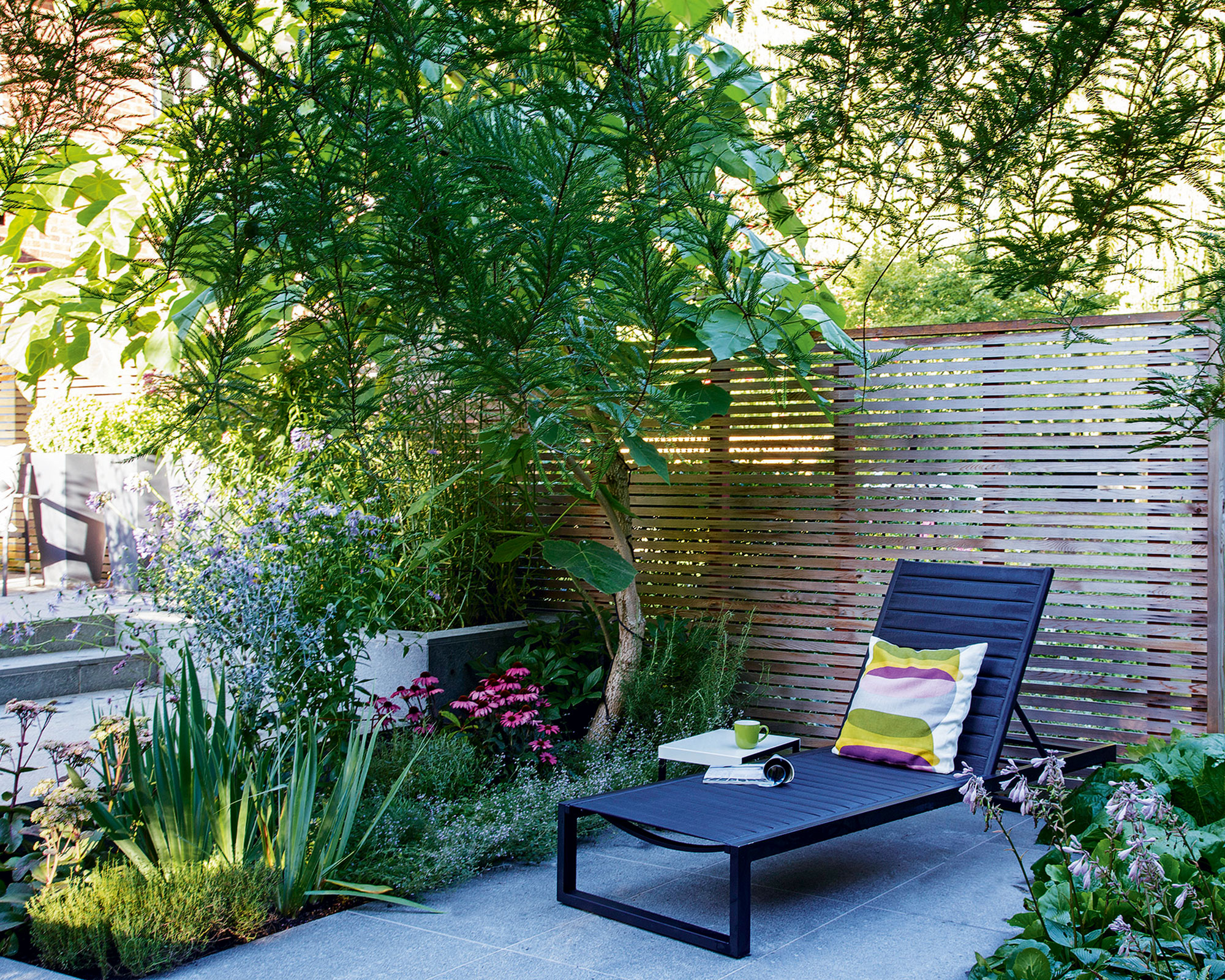
According to Mark Lane, there should be level areas (terraces) cut into the slope with steps or ramps linking each terrace, with retaining walls to hold back the soil.
'By introducing these level areas, borders can be created on the flat, and depending on how often and how many terraces are put in (which is a personal choice at the end of the day) can create a tiered garden to great effect.
It also means that gardening on these terraces is easier as there is no awkward bending or leaning to get the right angle or the right standing or sitting position.'

Jennifer is the Digital Editor at Homes & Gardens, bringing years of interiors experience across the US and UK. She has worked with leading publications, blending expertise in PR, marketing, social media, commercial strategy, and e-commerce. Jennifer has covered every corner of the home – curating projects from top interior designers, sourcing celebrity properties, reviewing appliances, and delivering timely news. Now, she channels her digital skills into shaping the world’s leading interiors website.